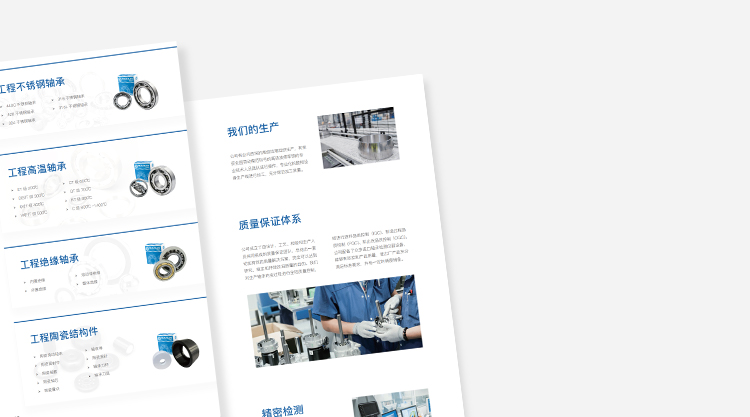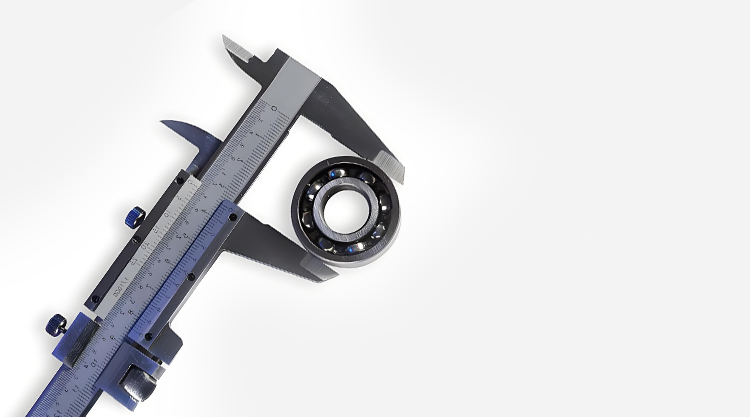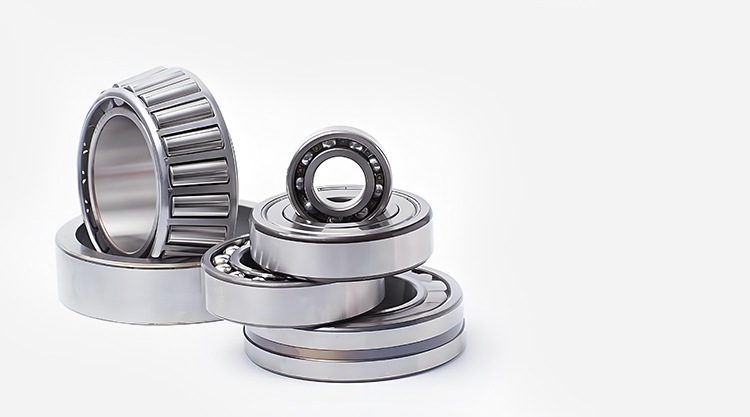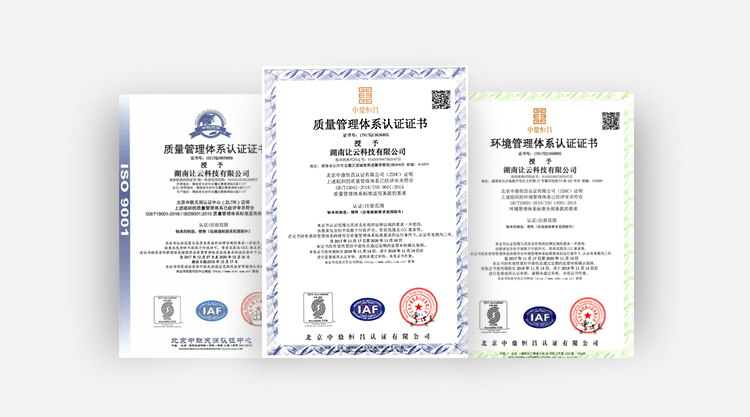Complete Guide to Bearing Repair: Methods, Materials, and Equipment
I. Necessity of Bearing Repair
In industrial production and machinery operations, bearings are key transmission components. However, over time, bearings can suffer from wear, peeling, cracking, or even failure due to friction, load, temperature changes, and other factors. For high-value, large, or special-purpose bearings, direct replacement is often costly, making bearing repair a more economical and efficient option. Proper bearing repair methods can extend the service life, reduce downtime, improve production efficiency, and lower maintenance costs.
II. Methods of Bearing Repair
1. Plastic Deformation Method
The plastic deformation repair method is mainly applicable to slightly worn bearing components, such as raceways and rolling elements. Through cold pressing, rolling, or milling processes, the geometric accuracy of the bearing surface can be restored. This method is suitable for light surface damage but cannot repair deep cracks or severe deformation.
2. Mechanical Repair Method
The mechanical repair method uses turning, grinding, and polishing techniques to repair damaged areas. It is suitable for bearings with localized severe wear on the raceways, but still worth repairing. This method offers high precision, but may cause changes in bearing size, requiring subsequent processing.
3. Thermal Spraying Repair Method
The thermal spraying method uses various spraying techniques to repair the bearing's surface, restoring dimensions and wear resistance. It is effective for bearings with serious wear on the raceways but still repairable.
4. Electroplating Repair Method
Electroplating technology uses electro-deposition processes to deposit a uniform metal coating on the bearing surface, restoring dimensional accuracy and wear resistance. This method is suitable for high-precision bearings, especially those where slight wear has caused dimensional out-of-tolerance.
5. Bearing Repair Agents and Repair Adhesives
For surface scratches, cracks, or slight wear, bearing repair agents or bearing repair adhesives can be used.
6. Bearing Replacement and Refurbishment
When bearings are severely damaged and cannot be restored by conventional repair methods, methods such as replacing rolling elements and refurbishing inner and outer rings can be used for bearing refurbishment. Refurbished bearings are typically suitable for custom bearings in large equipment, while standard bearings are often more cost-effective when directly replaced.
III. Bearing Repair Materials
Different bearing repair methods require matching repair materials to ensure the stable performance of the repaired bearing.
| Bearing Repair Agents | Suitable for filling worn areas to improve bearing surface wear resistance |
|---|---|
| Bearing Repair Adhesives | Suitable for high-temperature, heavy-load, and other special working conditions |
| Thermal Spraying Materials | Such as nickel alloys, chromium alloys, suitable for surface strengthening |
| Electroplating Materials | Such as nickel, copper, cobalt alloys, improving bearing wear resistance |
IV. Bearing Repair Equipment
Efficient bearing repair requires the support of advanced equipment. Common equipment includes:
| Precision Grinding Machine | Used for fine grinding of bearing surfaces to ensure repair accuracy |
|---|---|
| Thermal Spraying Equipment | Used for metal coating repair to improve bearing wear resistance |
| Electroplating Equipment | Suitable for fine-tuning repairs, commonly used for high-precision bearing repair |
| Ultrasonic Flaw Detector | Detects internal cracks in bearings, ensuring repair quality |
V. How to Choose a Bearing Repair Manufacturer?
Choosing the right bearing repair manufacturer is crucial. How to choose:
| Qualification Certification | Verify if the manufacturer has passed ISO quality management system certification |
|---|---|
| Technical Strength | Check repair cases and assess repair capabilities |
| Advanced Equipment | Prefer manufacturers with modern repair equipment |
| After-Sales Service | Manufacturers offering inspection, warranty, and technical support are more reliable |
VI. Precautions for Bearing Repair
| Damage Assessment | Determine the extent of bearing damage and choose the appropriate repair method |
|---|---|
| Repair Process Selection | Avoid over-repair, which could affect the bearing's original performance |
| Material Matching | Choose repair materials suitable for working conditions to ensure repair quality |
| Inspection and Testing | After repair, perform dimensional inspection and hardness testing to ensure the repaired bearing meets usage requirements |
| Regular Maintenance | Repaired bearings still need regular inspection and maintenance to prevent secondary damage |
VII. Bearing Repair Case Analysis
| Case 1 | Wind turbine main bearing repair |
|---|---|
| Problem | Bearing raceway surface peeling, affecting equipment operation |
| Repair Method | Using electroplating technology to restore raceway dimensions |
| Repair Result | Extended bearing lifespan by more than 3 years, reducing maintenance costs |
| Case 2 | Metallurgical equipment bearing repair |
|---|---|
| Problem | High-temperature environment caused lubrication failure and damage to the bearing rolling elements |
| Repair Method | Replacing rolling elements and using high-temperature wear-resistant repair adhesives |
| Repair Result | Restored bearing operation and improved high-temperature resistance |
Bearing repair is a high-tech requirement. Properly selecting bearing repair methods, materials, and equipment can significantly extend bearing service life and reduce equipment operating costs. If you would like to learn more about bearing system solutions, feel free to contact us. Nationwide hotline: 4006-808-505, Bearing technical personnel in this industry: Manager Li: 13657445999.
Let cloud technology keep the passion for innovation burning brightly, offering knowledge and technical services for materials suitable for bearing real working conditions, making the bearing life more scientific. Let cloud
-
1、更多服务
- Bearing Selection Guide
- Complete Guide to Bearing Repair: Methods, Materials, and Equipment
- Bearing New Product Development: Process and Strategy
- Bearing Brand Selection Guide
- Bearing Training Services
- Bearing Material Selection: Comprehensive Analysis and Optimization Guide
- Complete Guide to Bearing Authenticity Identification
- Bearing Installation Methods and Techniques
- Bearing OEM outsourcing service system
- Customized Bearing System Solutions: Design, Components, and Solutions




